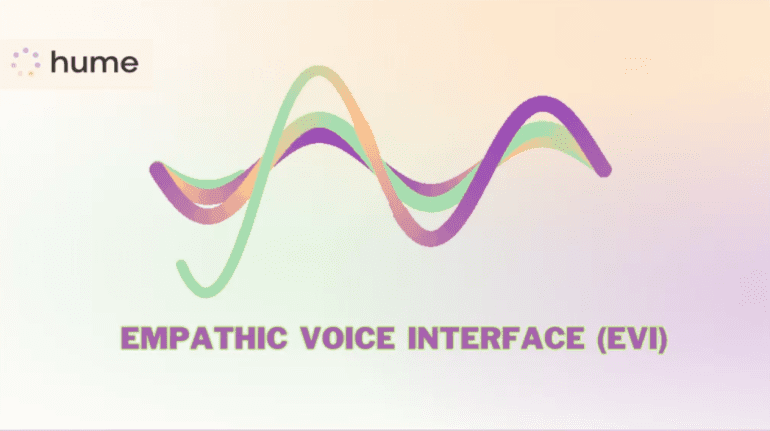- Hume AI introduced EVI, an emotionally intelligent AI voice interface, in April.
- EVI integrates ChatGPT capabilities, offering interactions similar to popular voice assistants but with enhanced emotional detection.
- It identifies up to 48 distinct emotional expressions in users’ voices, surpassing traditional emotional science research.
- Trained on diverse sources like podcasts and psychological experiments, EVI aims to enhance customer understanding for companies and chatbots.
- Priced at approximately $0.10 per minute, EVI serves customers in customer service sectors and tech firms.
- Ethical concerns include potential emotional manipulation and biases in emotion recognition technologies.
Main AI News:
The startup Hume AI introduced EVI, their first emotionally intelligent artificial intelligence voice, in April. EVI, short for Empathic Voice Interface, operates similarly to modern AI-powered voice assistants like Siri or Alexa but integrates ChatGPT capabilities. Whether reading poetry or explaining historical events like the French Revolution, EVI engages with a soft, mild-mannered voice. However, like many AI voice bots, EVI is not without bugs and occasional lags.
What sets EVI apart is its ability to detect a wide range of nuanced emotional expressions in users’ voices. Post-reading a poem, for instance, the AI displays a list of emotional states it identifies, from awkwardness to surprise, claiming to discern up to 48 distinct emotions. Alan Cowen, founder of Hume AI, emphasized their ability to gather extensive data and train models at scale, surpassing traditional emotional science research.
Hume AI trains its empathic AI on diverse sources such as podcasts, media, and recordings from psychological experiments. They also offer facial expression analysis AI, aiming to enhance customer understanding for companies and chatbots. EVI is priced at approximately $0.10 per minute, varying based on client requirements.
“We serve customers in customer service sectors like Lawyer.com and partner with major tech firms using our developed technologies,” Cowen highlighted. For instance, Lawyer.com employs Hume AI to enhance its 1-800 line, fitting the technology’s capability to recognize human emotions, particularly frustration, in call center environments.
Beyond immediate applications, Cowen envisions personal AI assistants tailored to individual needs and well-being. “It learns from you over time, becoming more personalized,” he explained. Future iterations could analyze voice and facial cues to offer insights, such as noticing fatigue patterns or suggesting timely offers like discounted Frappuccinos.
However, concerns arise regarding the ethical implications of empathic AI. Ben Bland, involved in developing industry standards at the Institute of Electrical and Electronic Engineers, warns about potential vulnerabilities in emotional states, influencing consumer behavior and raising addiction risks, akin to smartphone impacts on attention spans.
Andrew McStay, director of the Emotional AI Lab at Bangor University, questions the accuracy and cultural biases of emotion recognition technologies. He argues against oversimplifying emotional expressions into biological programs, emphasizing the social and cultural dimensions.
In evaluating these technologies, the debate continues on their effectiveness and ethical implications, challenging claims made by marketers and emphasizing the need for cautious, culturally aware development in emotional AI.
Conclusion:
The introduction of EVI by Hume AI marks a significant advancement in AI technology towards emotional intelligence. By detecting and responding to a wide range of emotional expressions, EVI has immediate applications in customer service and potential future uses in personalized AI assistance. However, ethical considerations regarding emotional manipulation and cultural biases underscore the need for careful development and regulation in the burgeoning emotional AI market.

